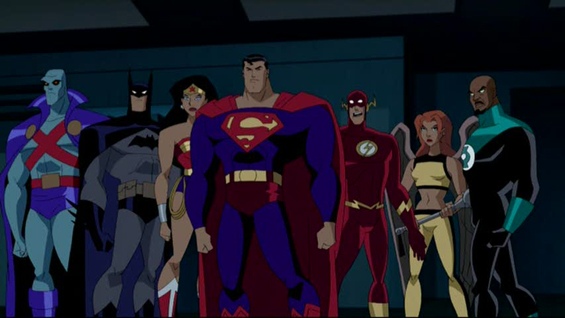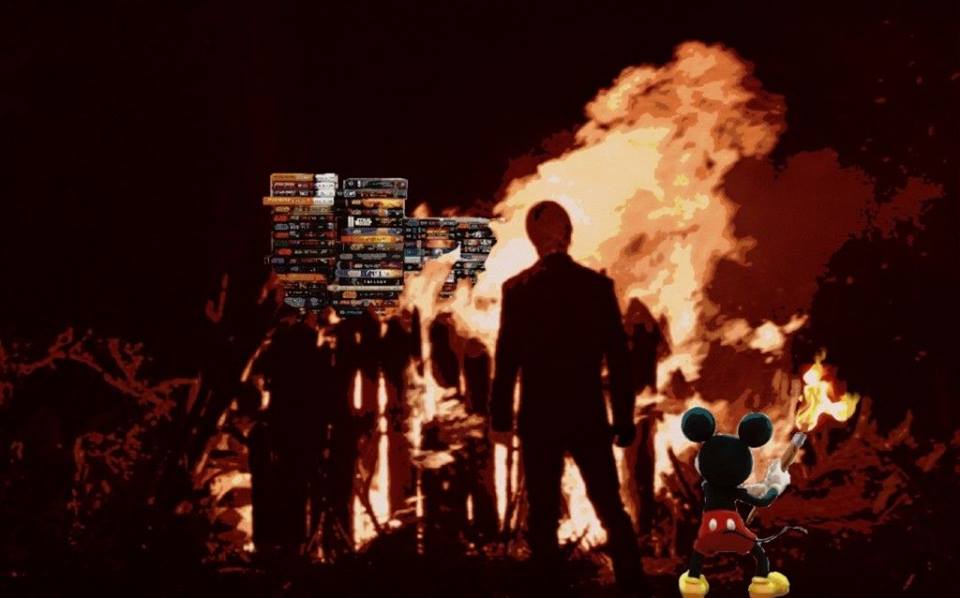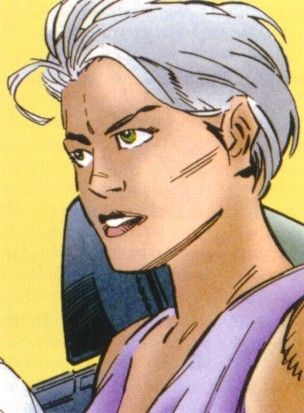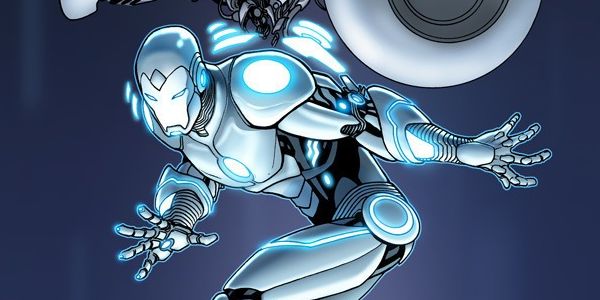
As I’ve mentioned, well, repeatedly at this point, I’m unusual among my generation (and certainly among people with Star Wars websites) in that I didn’t really grow up with Star Wars. My first exposure to the original trilogy was the release of the Special Editions, at which point I was already almost 15. I have no memories of the films correlating with my early development, my understanding of narrative, or my appreciation of science fiction and/or fantasy. In fact, I’m still not really into sci-fi and fantasy to the extent that many SW fans are.
No, growing up, my thing was superheroes. My earliest genre memories are of the original Ninja Turtles cartoon in the eighties, which led to Spider-Man and X-Men in the nineties, which led to buying actual comics around 1995, which I’ve been collecting pretty much ever since.
But despite my natural affinity for Marvel properties, the genre throughline from childhood all the way to my college years was the DC Animated Universe. I was ten when the first episode of Batman: The Animated Series debuted in 1992, and I still remember it vividly all these years later—because that episode, spearheaded by visionaries Paul Dini and Bruce Timm, ended up ushering in an expansive new DC continuity that lasted more than a decade in animated form, and technically continues in comics form to this day. From Batman to Superman to Batman Beyond to Justice League (with the occasional Static Shock and Zeta Project thrown in for good measure), Dini, Timm, and others built a shared universe rivaling its comic-book predecessor (and in my opinion, often surpassing it in quality), developing disparate elements—and, crucially, voice actors—from series to series and era to era in a way that imbued each new story with a weight that’s rarely seen in children’s television. The DCAU taught me what expansive, long-form storytelling could do, and I owe my appreciation of continuity in Star Wars to that example. Here are some of its other lessons. Read More
 As I noted
As I noted 
 Despite the Prequel Era being off-limits during the heyday of the Expanded Universe, a few details did sneak through here and there that served to color in the pre-Republic period we would eventually see on screen, and while most of them were intentionally vague, for every outright error, there was a lucky guess. One of the best examples of this comes in the form of Winter, a character introduced alongside Thrawn and Mara all the way back in Heir to the Empire.
Despite the Prequel Era being off-limits during the heyday of the Expanded Universe, a few details did sneak through here and there that served to color in the pre-Republic period we would eventually see on screen, and while most of them were intentionally vague, for every outright error, there was a lucky guess. One of the best examples of this comes in the form of Winter, a character introduced alongside Thrawn and Mara all the way back in Heir to the Empire.
